
The question is easier than it seems: How did you sleep last night? I mean exactly the moment you went from wakefulness to sleep or, if you prefer, the moments before, what happened? how did you get it? what did you feel at that moment? It is still curious that even though we sleep every day, “falling asleep” is such an unknown process.
And not only by ordinary citizens but by scientists themselves. In the last decade, the technological leap in neuroimaging tools has managed to bring us much closer to what happens at that enigmatic moment in which we plunge into the domain of Morpheus.
And yet the web is still full of “fixes” to “fast sleep” that is closer to magical rituals and superstitions than anything resembling a scientifically sound, behavioral technique. What does science tell us about all this?
A crash course in the neurobiology of sleep
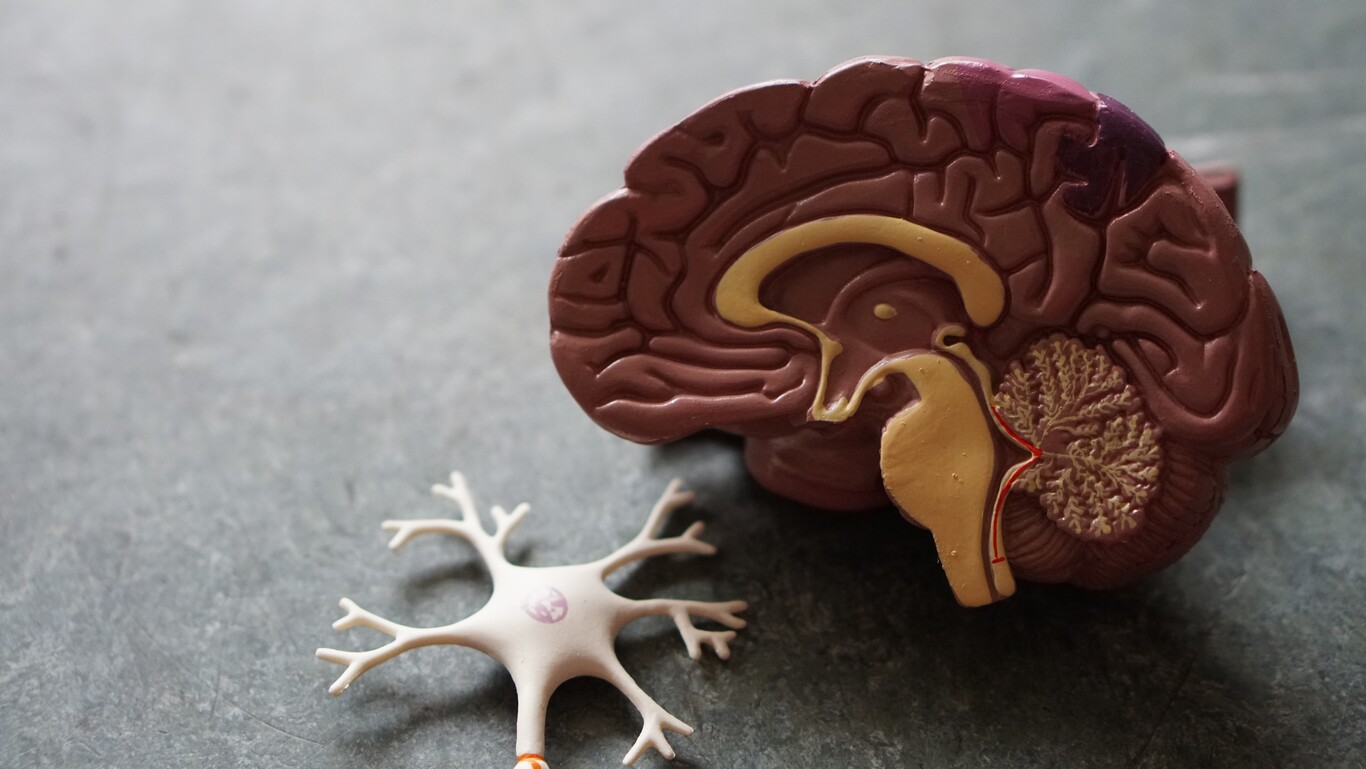
There are a good handful of brain structures directly involved in sleep processes: the hypothalamus (which acts as a control center for arousal and contains key neural structures in circadian rhythms), the brain stem (where the transition between waking sleep), the thalamus (which, in a way, is the structure that passes sensory information to the central nervous system and which, during sleep, goes into “do not disturb” mode), the pineal gland (which secretes a hormone, melatonin, which contributes to inducing sleep by adjusting to the day-night cycle) or the amygdala (which “processes” emotions and has a very important role in the REM phase of sleep).
However, the most interesting thing about all this anatomical analysis is to realize that we do not have structures specifically dedicated to sleep. Although there are groups of neurons whose function is focused on it, the difference between wakefulness and sleep is more in the way the nervous system works than in the structures that are involved. The core issue of “falling asleep” is how to switch modes without compromising system performance.
For this reason, within the famous REM and non-REM sleep phases, there is one (phase 1) that, although it lasts a few minutes, is tremendously important. It is a light sleep during which the body (heartbeats, breaths, movements) relax and slow down and in which the brain wave patterns begin to show that the transition between one state and another is underway.
This gives us a first clue as to what the body needs to start the process that will put us to sleep. However, it is not enough to have a period of calm. Normally, two internal biological mechanisms help regulate sleep and allow us to synchronize those moments of rest with our physiological needs: circadian rhythms (a kind of “biological clock” that regulates many functions: from body temperature to the release of hormones ) and wake-sleep homeostasis (i.e., the need for sleep).
The three key tips to falling asleep
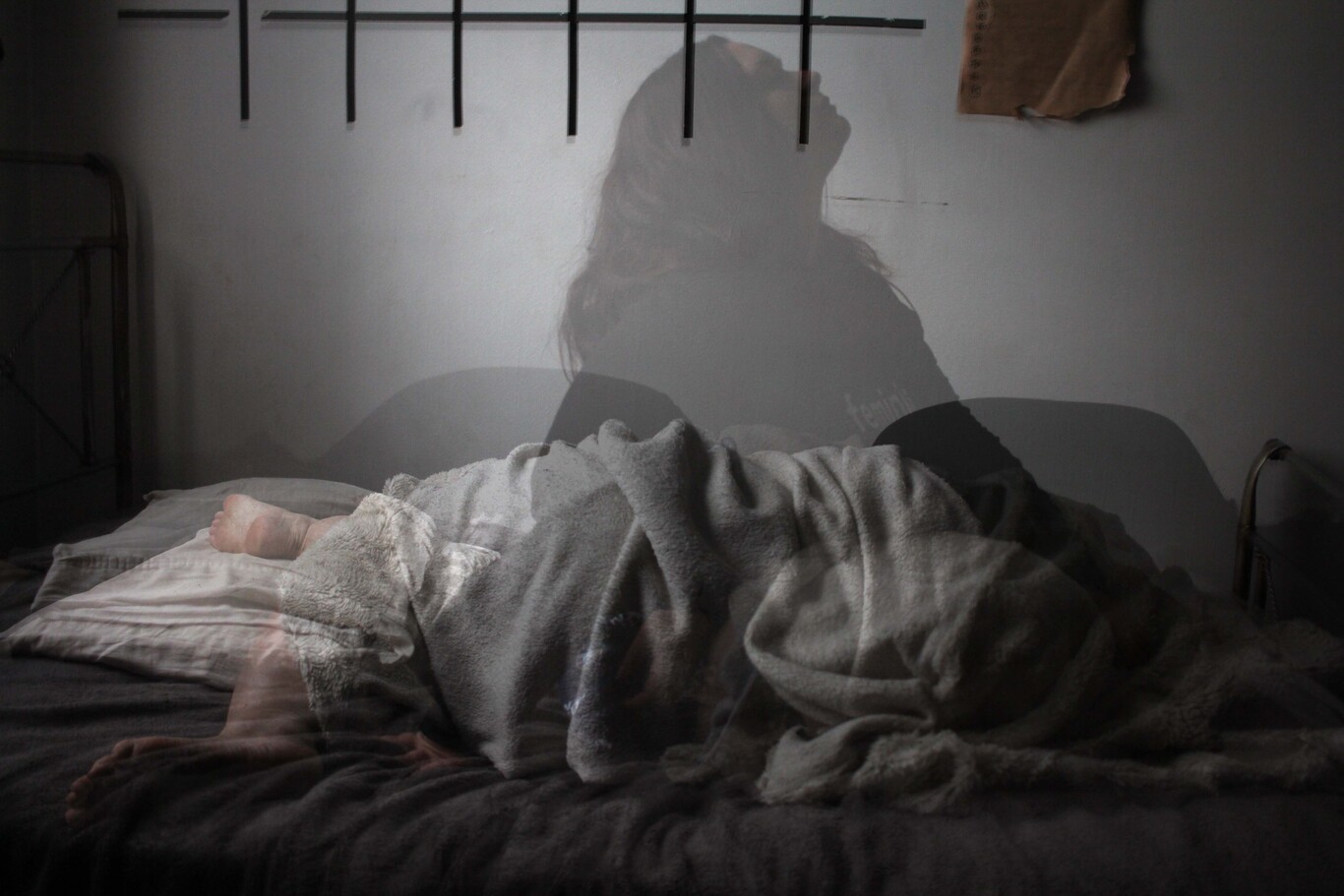
These three levers are the fundamental instruments that we have to facilitate that sleep is not only deep and restful but also that we can fall asleep quickly. In general, all the techniques that we can find to help us fall asleep fast play with them in one way or another.
Relax your mind and body
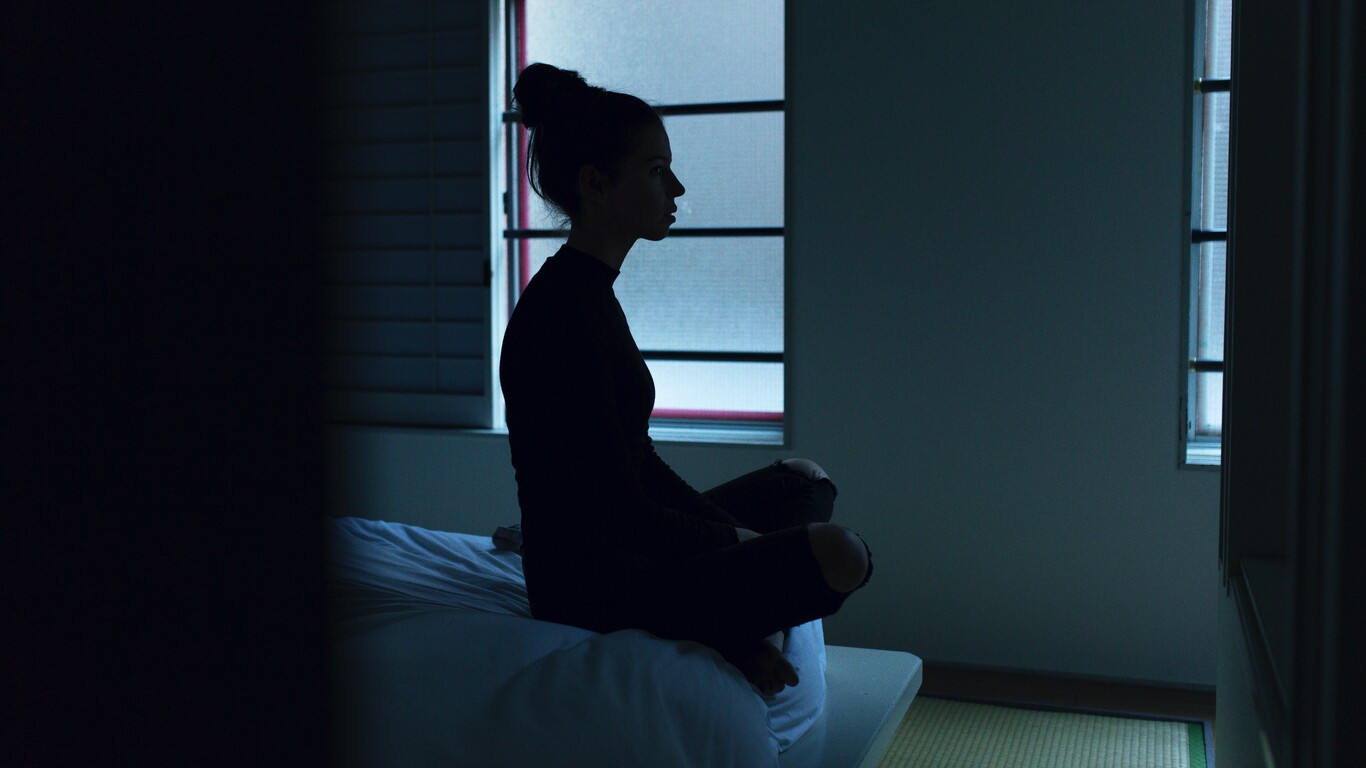
Unless the need for sleep is compelling, the nervous system will not initiate the sleep process if we need not sleep. What’s more, he’s going to resist it. For this reason, the first phase of sleep involves neurological, physical, and environmental relaxation: it is the ‘trick’ that our body uses to verify that we can sleep.
What happens is that, normally, we are not able to compartmentalize our lives enough to go to bed with everything figured out. Sometimes it is our mind that does not stop thinking about pending issues or problems that we cannot solve; Other times it is the rest of the body that, due to the activities that we have been doing previously, has not received the signals that tell it that it has to relax.
A clear example is exercising. There is no doubt that physical activity and good sleep are related ( Loprinzi & Cardinal, 2011 ) and everything seems to indicate that 30 minutes of physical activity on most days is a good thing ( Reid, 2010 ). However, it is advisable to do it 2 to 3 hours before going to bed. Otherwise, “physiological inertia” can work against us.
It is also not a good idea to consume caffeine because it is not only related to a lack of sleep but also to poor quality of it ( Kerpershoek, Antypa, and Van den Berg, 2018; Snel and Lorist, 2011 ). Something similar happens with alcohol ( Singleton and Wolfson, 2009 ) or nicotine ( Jaehne, 2009 ). However, there are people for whom all this (especially the last two) helps them fall asleep.
The reason is simpler than it seems: we often use alcohol or tobacco as forms of emotional management and, for this very reason, they can help us reconcile. The problem is that they do it at the cost of dissolving our ability to sleep in the long term. If we need to manage our emotions, it is better to perform relaxing tasks before going to bed ( Blanaru et al., 2012; Nicassio & Bootzin, 1974 ). Things like reading, listening to music or directly using famous relaxation techniques.
Most of the techniques we see on the internet to help sleep are covert relaxation techniques. Both the 4-7-8 technique (repeat the sequence of “inhale air through the nose for four seconds, hold it for seven, and exhale it for eight seconds” until sleeping) or the Sharon Ackerman method to fall asleep in two minutes. are. Our colleagues from Vitónica have a good collection to find the one that best suits us. You just have to have an idea in mind: mastering them takes practice.
Order our life
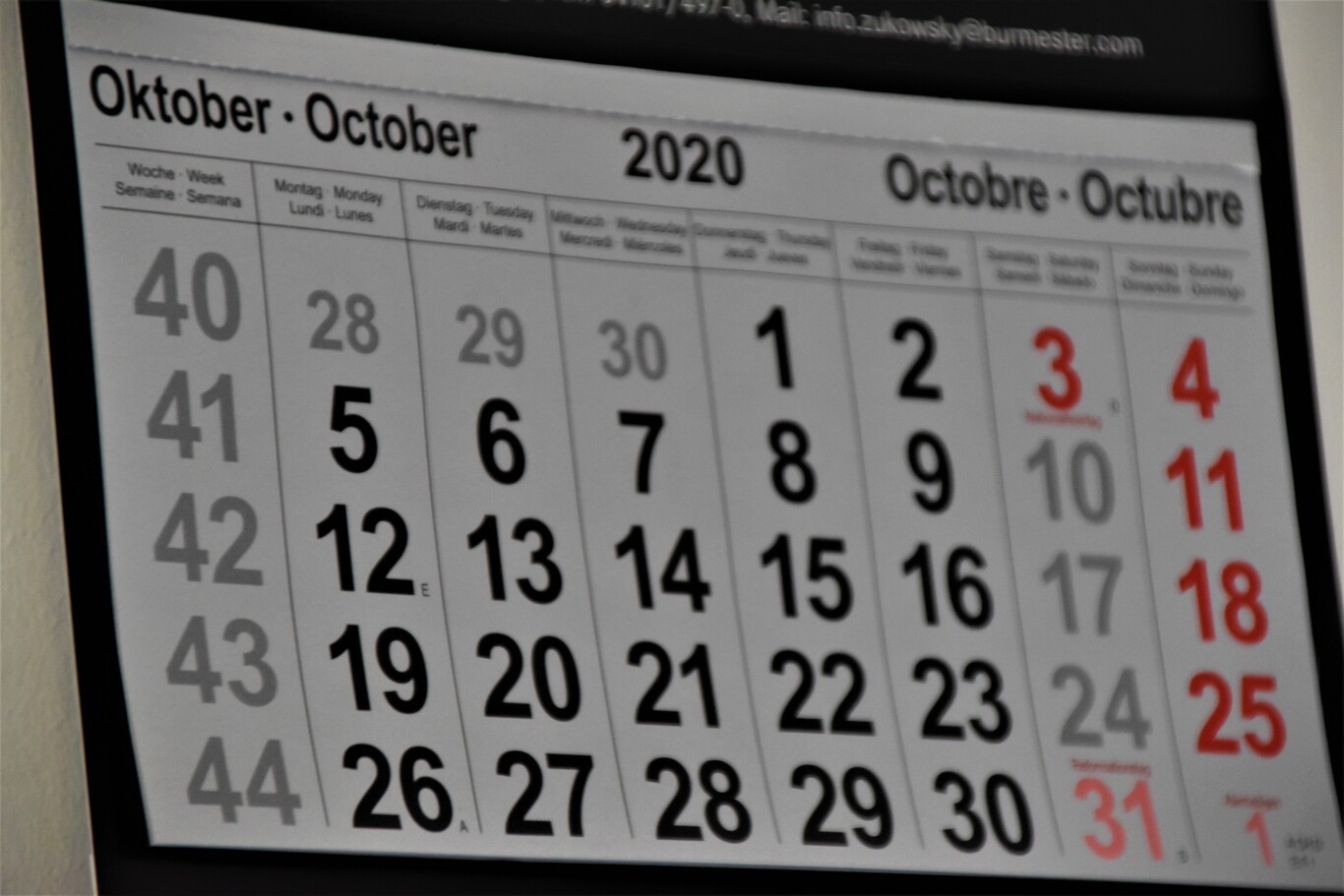
If an important part is a psychophysiological disposition at the time of sleep, another part is the vital rhythm: making our life and our (circadian) rhythms fit. Let’s face it, as we get older, our sleep gets worse and worse: more than half of older adults suffer from symptoms of insomnia ( Ohayon, 2002 ). However, studies tell us that a consistent and organized lifestyle can help us sleep better and faster ( Zisberg, Gur-Yaish, & Shochat, 2010; Monk, 2010 ).
By the way, this lifestyle has to be daily, the week does not serve as a unit of compensation. Or, what is the same, it is useless to sleep late on weekends. Going to bed and waking up at the same time every day is the best option to regulate sleep whether we are children ( Mindell et al., 2015 ), elite athletes ( Bird, 2013 ), or normal people.
Save sleep
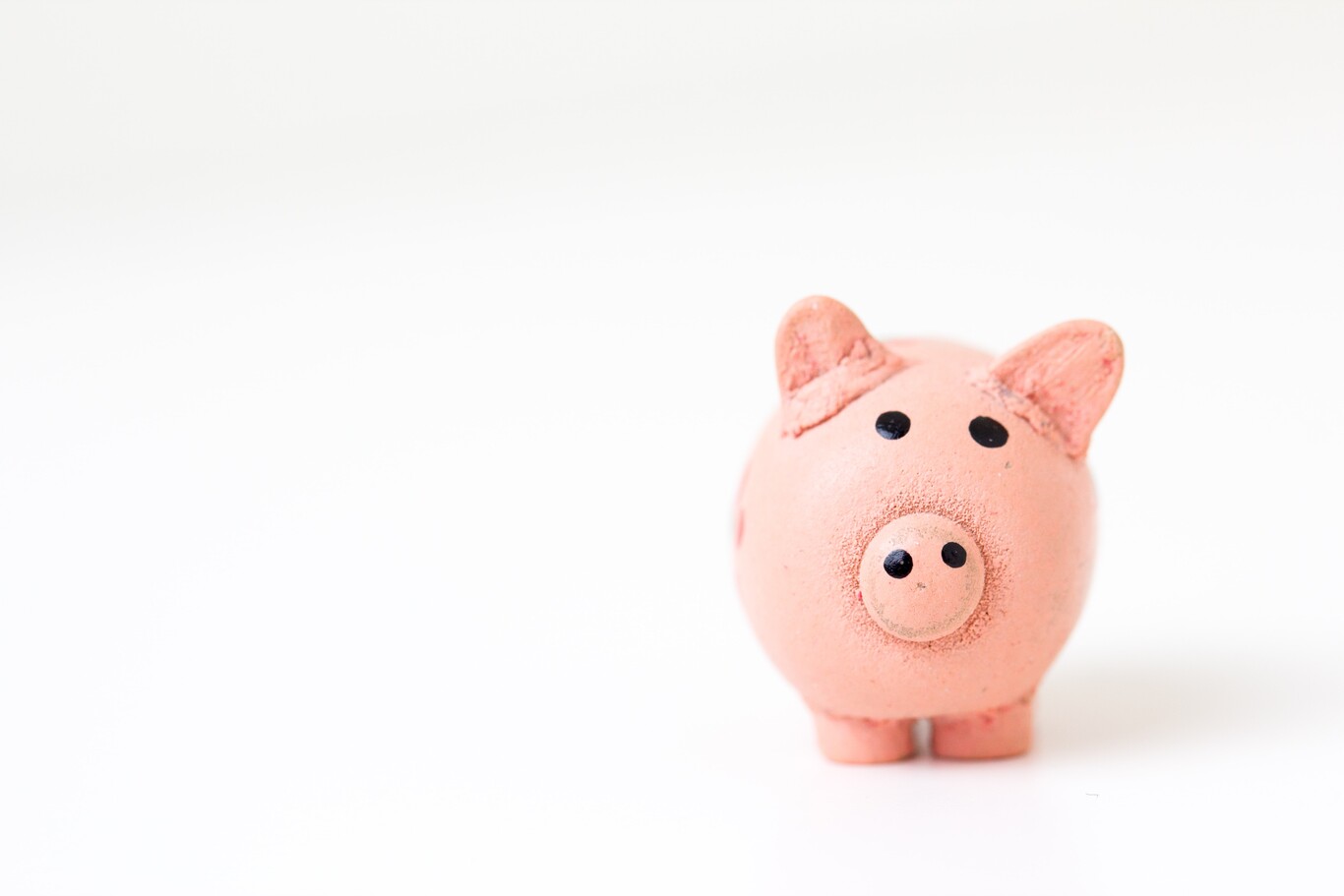
As we said above, sleep-wake homeostasis is very important. It is difficult to sleep if, in short, we are not sleepy. For this reason, it is interesting to manage well the hours we spend asleep throughout the day. Naps, without going any further, are one of the most amazing things in the world ( Rosekind, 1995 ): sleeping an average of 25 minutes improves our cognitive functions between 16% and 34% ( Mednick et al., 2008; Naska, 2007; Saunders and Chaput, 2012 ).
However, they must be used correctly or they can make it very difficult for us to fall asleep at night ( Dhand and Sohal, 2006 ). In short: the best way to fall asleep quickly is to get to bed tired, relaxed, and at the right time. It’s not a magical sleep trick (especially if you’ve searched for this theme motivated by a sleepless night), but it’s something you can start rolling out tomorrow.

Sharlene Meriel is an avid gamer with a knack for technology. He has been writing about the latest technologies for the past 5 years. His contribution in technology journalism has been noteworthy. He is also a day trader with interest in the Forex market.











